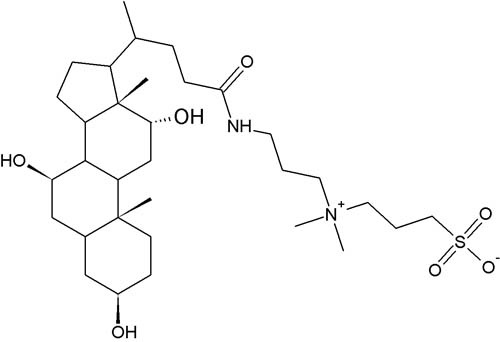There is a plethora of uses for detergents, both in the lab and in everyday life. The usefulness of these cleaning compounds comes from subtle differences in their chemical structure. Detergents are composed of amphipathic molecules, containing a polar hydrophilic head group attached to a long-chain hydrophobic carbon tail. The composition and charge of the molecules’ head and tail groups determines the mechanism by which these molecules will act as detergents. Because of this, different types of detergents are useful for a variety of purposes.
Detergents: Ionic, Non-Ionic, and Zwitterionic. What's the Difference?
Posted by
The Protein Man on Feb 8, 2017 2:05:00 PM
0 Comments Click here to read/write comments
Topics: Detergents
How to extract biologically active proteins from the cells and tissue of organisms using detergent based lysis method
Posted by
The Protein Man on Jun 17, 2016 9:26:39 AM
Extraction of proteins from cells and tissue of organisms is the first step towards isolation of proteins. The extracellular matrix needs to be removed or digested in case of tissue, the cell wall needs to be digested for organisms like bacteria, yeast and plants, and the cell membrane needs to be disrupted to release the proteins in solution. Traditionally, physical methods for disruption of cells and tissues are employed to release cellular proteins including sonication, french press, homogenization, manual grinding or using blenders. Although one is able to get the active proteins, these physical methods have several limitations:
0 Comments Click here to read/write comments
Topics: Detergents, Protein Extraction
Uncovering the Importance of Detergents in the Study of Membrane Proteins
Posted by
The Protein Man on Mar 19, 2014 5:00:00 AM
0 Comments Click here to read/write comments
Topics: Detergents
What Are the Detergents Commonly Used in Proteomics?
Posted by
The Protein Man on Nov 12, 2013 5:00:00 AM
0 Comments Click here to read/write comments
Topics: Detergents







